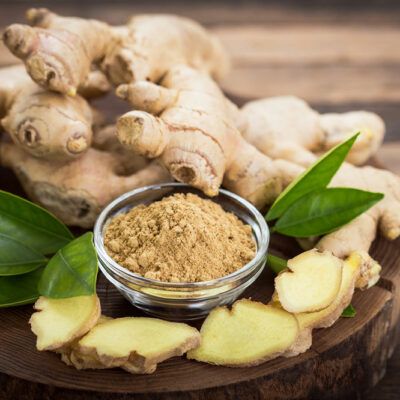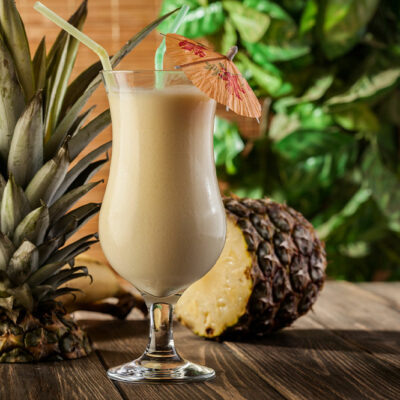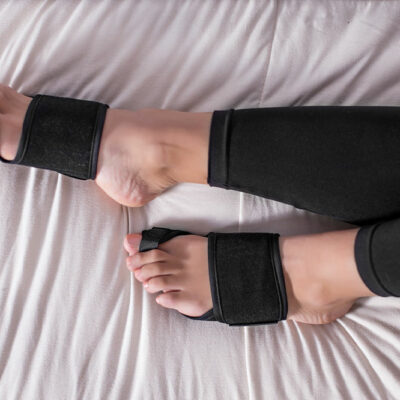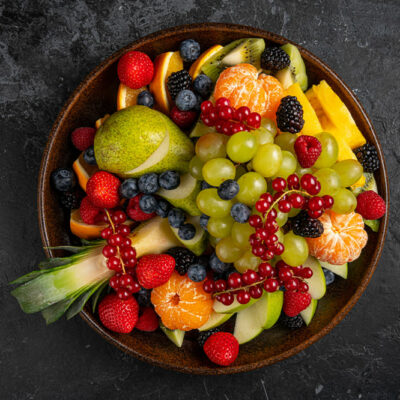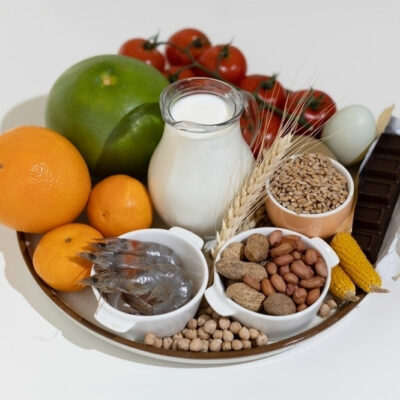
6 IUD myths that need to be discarded
Intrauterine devices (IUDs) are a modern form of birth control that are long-lasting, effective, and safe. They are shaped like a ‘T’ and fit inside the uterus. Their primary role is preventing sperm from reaching and fertilizing the eggs. IUDs may be hormonal or non-hormonal. However, there are several myths associated with IUDs and their usage that need to be debunked for the safety of women’s health. Here are six common myths to note. IUDs can only be used by older women IUDs are a safe and effective option for women of all ages. They are available in different sizes to suit the size of a woman’s uterus; it is not a one-for-all device. If a doctor recommends that one is too young to get an IUD, try getting a second opinion. IUDs can cause infertility While this may have been true for some intrauterine devices in the 70s, modern IUDs pose no risks to one’s fertility and are perfectly safe to use. IUDs lead to infections Earlier, IUDs (in the 1970s) were linked to Pelvic Inflammatory Disease and had to be recalled for the same. IUDs today do not cause any infections. However, they also do not protect against sexually transmitted infections or diseases, so it is advised to always use a condom, even with the implant.
Read Article... 